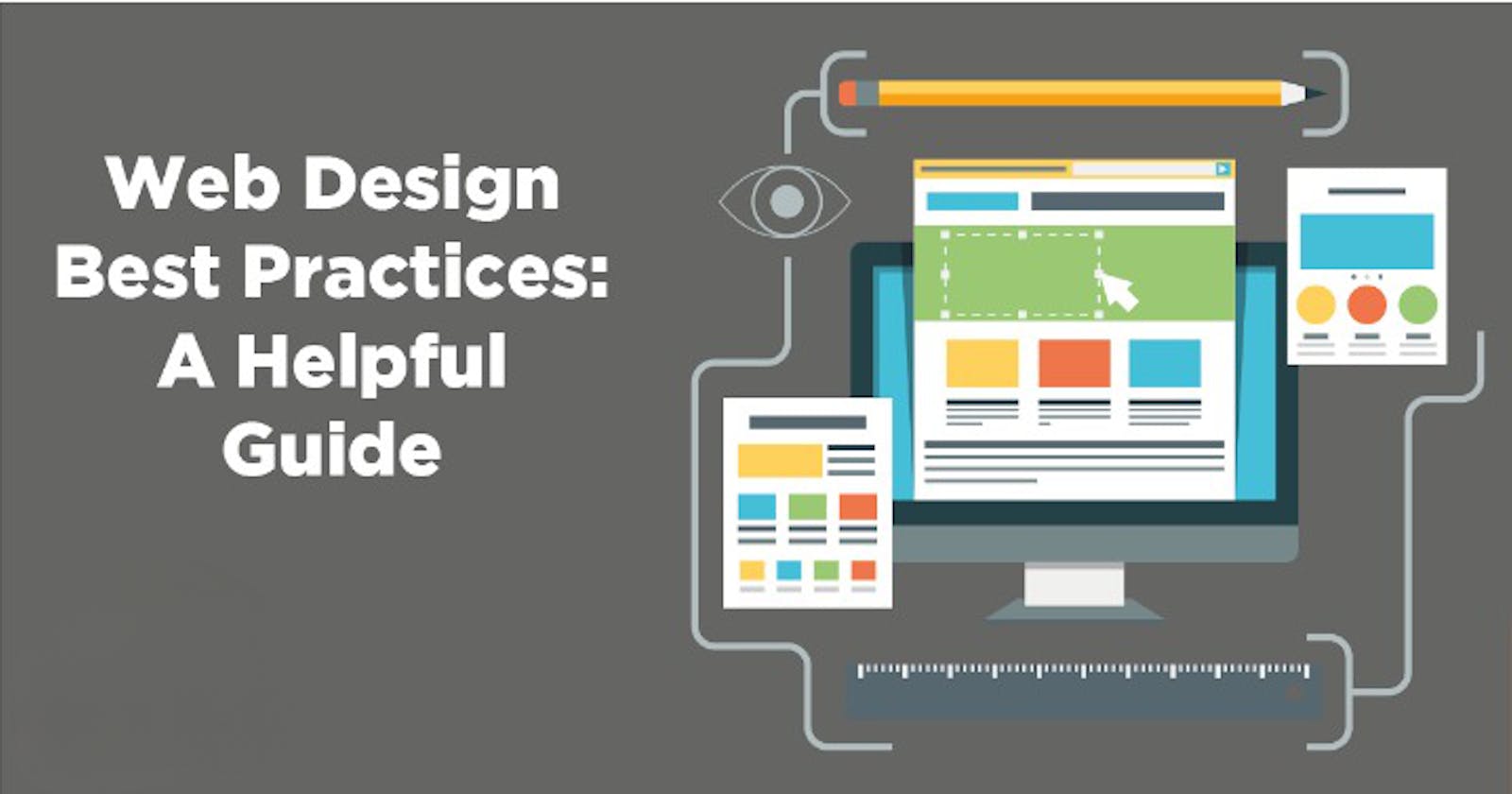Table of contents
No headings in the article.
Any website's web design has a direct impact on its success. Whether or if the creators gave it their fullest attention while creating it. The success of your website depends more on its usability and functionality than on its aesthetic appeal. It is important to get your website developed carefully since it serves as the public face of your company and the majority of potential clients will view it before ever setting foot in your store. Lacking in any one area might destroy the perception of your brand.
Despite popular belief, web page design is more important for conversions. Even if you use a great conversion-boosting strategy, it could not help much if it has a poor design. In actuality, website design is more about how it functions than how it appears and feels. Even a website with an unassuming appearance that is really usable and well-structured often performs phenomenally on Google. These websites receive more user views than those with poor user experiences. The efficacy of the website has a direct impact on performance.
So how do you create a good website?
In order to create a good to excellent website, it takes a diverse group of experts from many fields. When a crucial choice needs to be made, they must work together to make it. I'll list the eight key guidelines for effective website design in this post, which must be taken into consideration while creating a website. These design guidelines will undoubtedly assist web designers in creating stunning designs and improving the usability of a website.
1) Simple is always best.
The too complex webpage might not function. A page with too many components may cause users to become distracted from the main objective of your website. Effective web page design usually favors simplicity. Your website's appealing design, which is simple and straightforward, also makes it easier for visitors to move easily from one page to another. It might be annoying to load a website with features that aren't necessary. Keep your layout as straightforward as you can so that visitors will find it easy to navigate and feel at ease.
2) Consistency
Designing websites consistently is really important. Pay close attention to how the design components on each page fit up. You must use the same fonts, sizes, headers, subheadings, and button styles across the whole website, as is obvious. Make every detail a priority. Set the typefaces and appropriate colors in advance and stay with them throughout the development. CSS (Cascading Style Sheets) would be useful for storing all the details about design components and styles.
3) Typography and Understandability
No matter how attractive your website is designed, text still controls it since it gives people the information they want. Since search engine crawlers are quite familiar with this information, SEO efforts must include it. Along with the deceptive use of keywords, meta-data, and other SEO-sensitive components, you should make your typography aesthetically appealing and readable for visitors.
Think about utilizing easier-to-read typefaces. For the body texts, contemporary sans-serif fonts like Arial, Helvetica, etc. may be utilized. For each and every design element, including headlines, body paragraphs, buttons, etc., choose the right typeface combinations.
4) Flexible Web Design
Web design needs to be responsive to different devices, taking into account the steadily increasing use of smartphones, tablets, and phablets. Your chances of defeating your rivals increase if your website design doesn't work on all screen widths. You may convert your desktop design into one that is flexible and adaptive for all screen sizes from a variety of web design studios or service providers.
5) Color scheme and image
Users are drawn to the right color combination while being distracted by the wrong one. This forces you to choose the ideal color scheme for your website that may provide a pleasant ambiance and have a positive effect on visitors. By choosing a complimentary color scheme for your website design, you may improve consumers' experience. Use white spaces sparingly to prevent aesthetic confusion and clutter on your website. Avoid using too many colors as well. For the entire website, 3 or 4 colors are sufficient to provide an aesthetically pleasing, transparent, and basic design. Images work in the same way. Use only one or two colorful photos.
6) Simple Loading
A website that loads slowly never gets any favors. Therefore, take care of it by reducing HTTP requests by minimizing picture sizes and combining code into a single CSS or JavaScript file. Compress HTML, JavaScript, and CSS as well for faster loading.
7) Simple Navigation
According to a study, people spend more time on websites with simple navigation. You may think about employing bread scrums, building a logical page structure, and making clickable buttons for effective navigation. With order for visitors to obtain the necessary information in just three clicks, you should adhere to the "three-click rule."
8) Communication
The main goal of visitors is to obtain information, therefore if your website can effectively connect with them, it's likely that they will stay there longer. The use of bullet points rather than lengthy, windy phrases and effective content organization utilizing headlines and subheadlines are two strategies that may help to develop easy contact with the audience.
Conclusion
You may create a beautiful and useful website with ease if you keep in mind the aforementioned principles of effective website design. Traveling a long trip would be challenging without this foundation. You can only succeed if your design is simple and easy to use.
If you like this essay, please follow me on Twitter, where I often publish on technology-related topics.

